
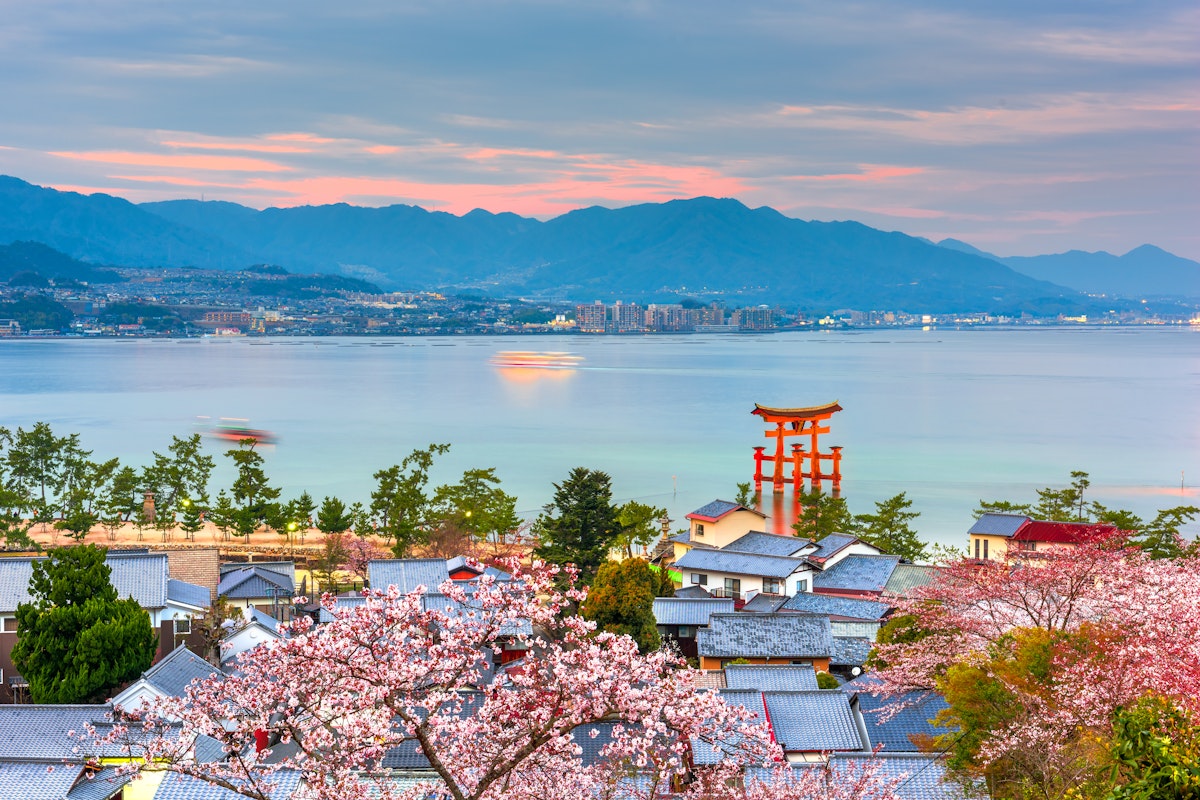
Miyajima Island, also known as "Shrine Island," is one of Japan’s most beautiful and historically significant spots. Nestled in the Seto Inland Sea, this small island offers travelers a mix of natural beauty, rich history, and cultural experiences. Its fame comes from the famous floating Torii gate and Itsukushima Shrine, but that’s just scratching the surface.
Let’s dive into the top 15 things you should definitely not miss on Miyajima Island.
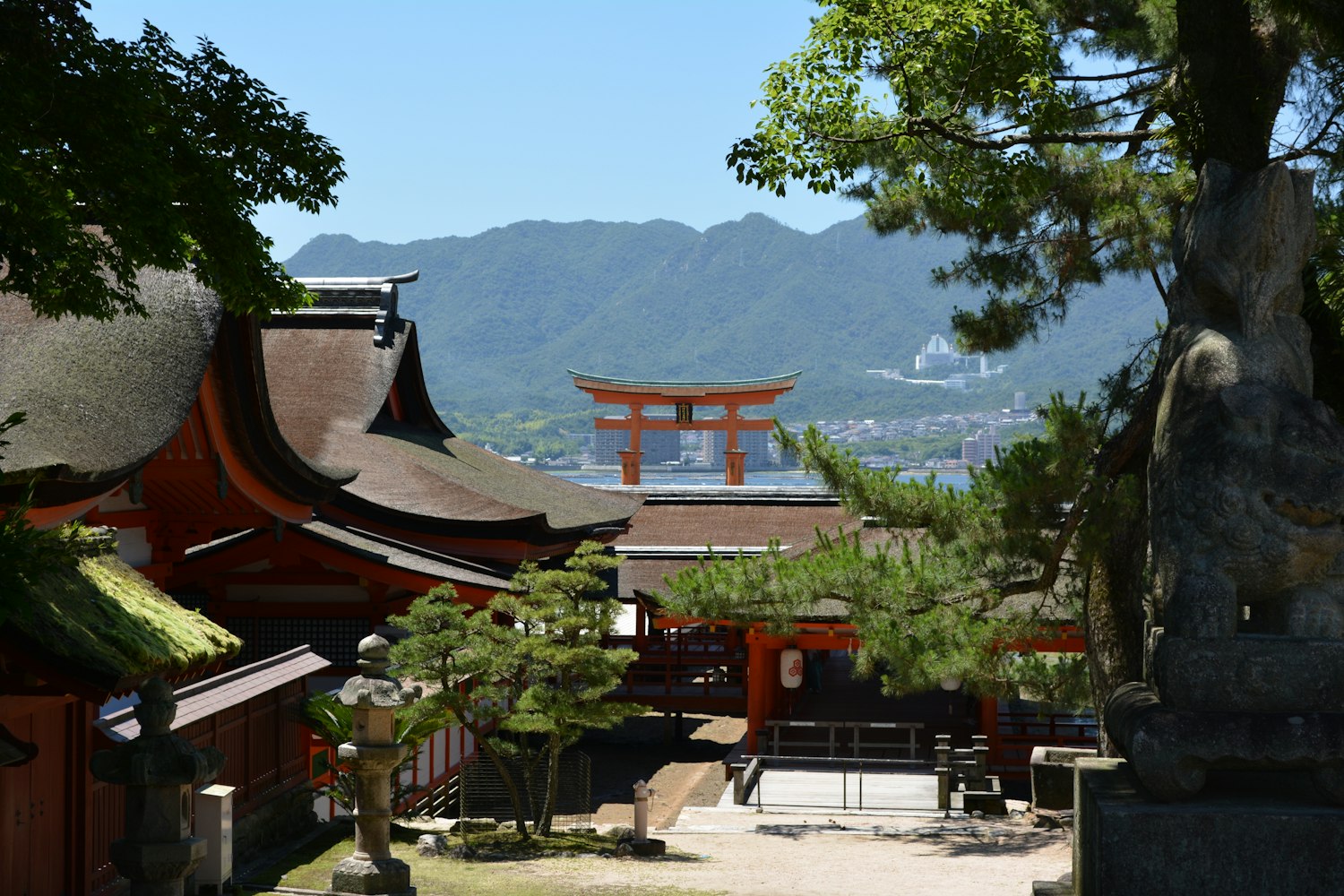
Itsukushima Shrine is the heart of Miyajima Island and one of the most important Shinto shrines in Japan. Built over the water, the shrine looks as though it’s floating when the tide is high, giving it a mystical feel. Established in 593 and later reconstructed in the 12th century, it’s also a UNESCO World Heritage Site, recognized for its cultural and historical importance.
Inside Itsukushima Shrine is the treasure hall, which houses a collection of historical artifacts and paintings related to the shrine. Visiting during high tide gives you that iconic view, while low tide lets you walk right up to the gate.
The floating Torii gate, known as the "Great Torii," is one of Japan’s most iconic symbols. Standing at 16 meters tall, the gate appears to float on the sea at high tide, which is why it's often referred to as the floating gate. Dating back to 1168, this enormous vermillion structure is made of camphor wood, which is naturally resistant to rot, making it last for centuries.
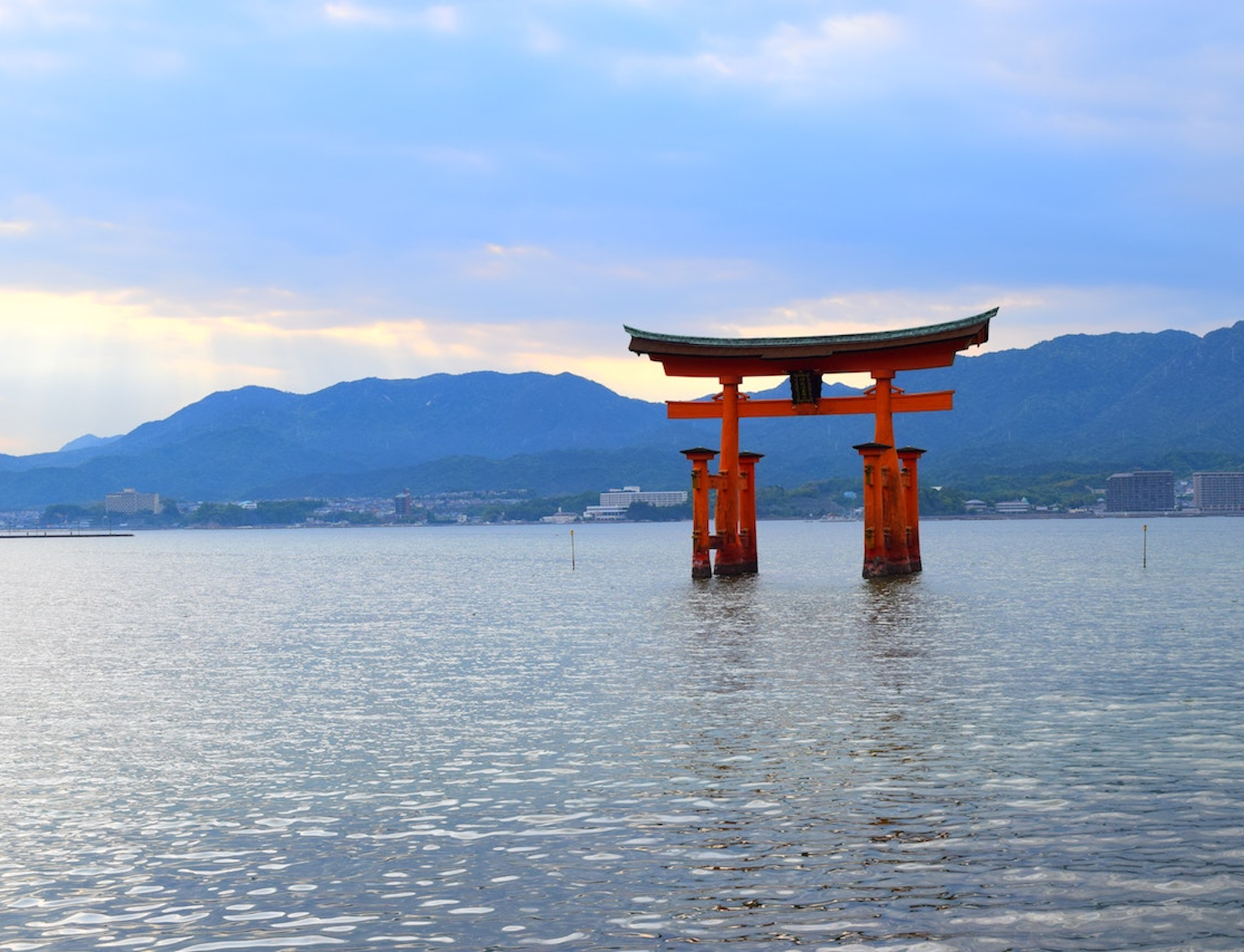
Explore iconic landmarks, serene landscapes, and cultural treasures on this tour.
At low tide, visitors can walk right up to the gate, touch its massive pillars, and take close-up pictures. The contrast between the red gate and the blue sea, with the backdrop of mountains, makes it a photographer’s dream.
Mount Misen is the tallest peak on Miyajima, offering stunning views of the Seto Inland Sea and surrounding islands. There are a few hiking trails leading to the summit, including the popular Daisho-in trail, which is about a 90-minute trek through lush forests and ancient temples.

Discover the historical allure of Hiroshima and the natural beauty of Miyajima on this guided day trip from Kyoto.
For those who prefer a quicker way up, the Miyajima Ropeway offers a scenic cable car ride, taking you close to the summit. Once at the top, you can explore the "Eternal Flame" that has been burning for over 1,200 years at the Reikado Hall. There’s also the Shishiiwa Observatory, which provides a 360-degree view of the sea and the mainland.
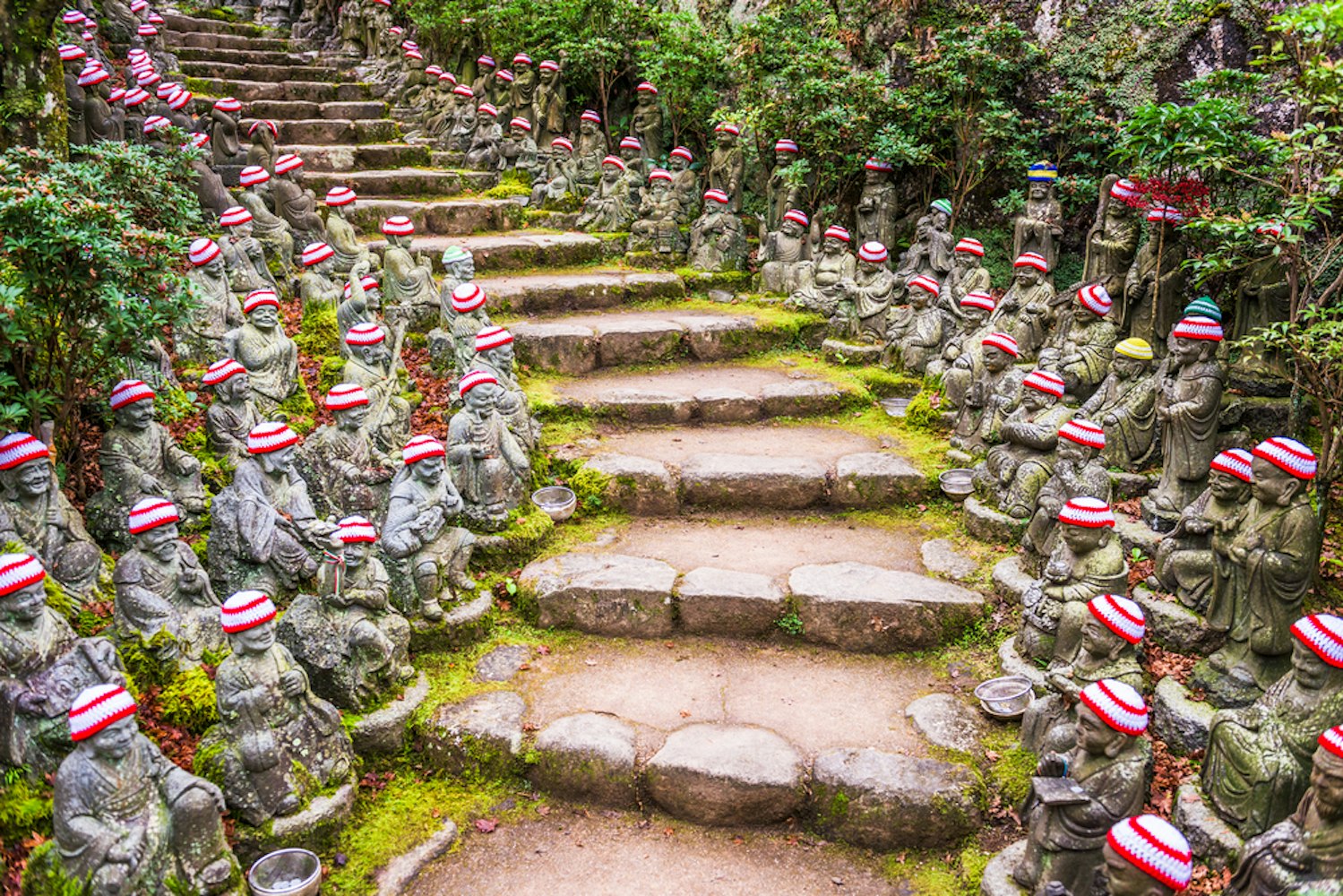
Daisho-in Temple, located at the base of Mount Misen, is one of the most important Buddhist temples in the region. Unlike other temples, Daisho-in feels alive with statues, winding paths, and hidden treasures around every corner.
There are over 500 Rakan statues (representations of Buddha’s disciples) each with unique facial expressions, and even a prayer wheel path that visitors can spin for blessings. The temple is also known for its autumn leaves, creating a vibrant and colorful atmosphere during the season.
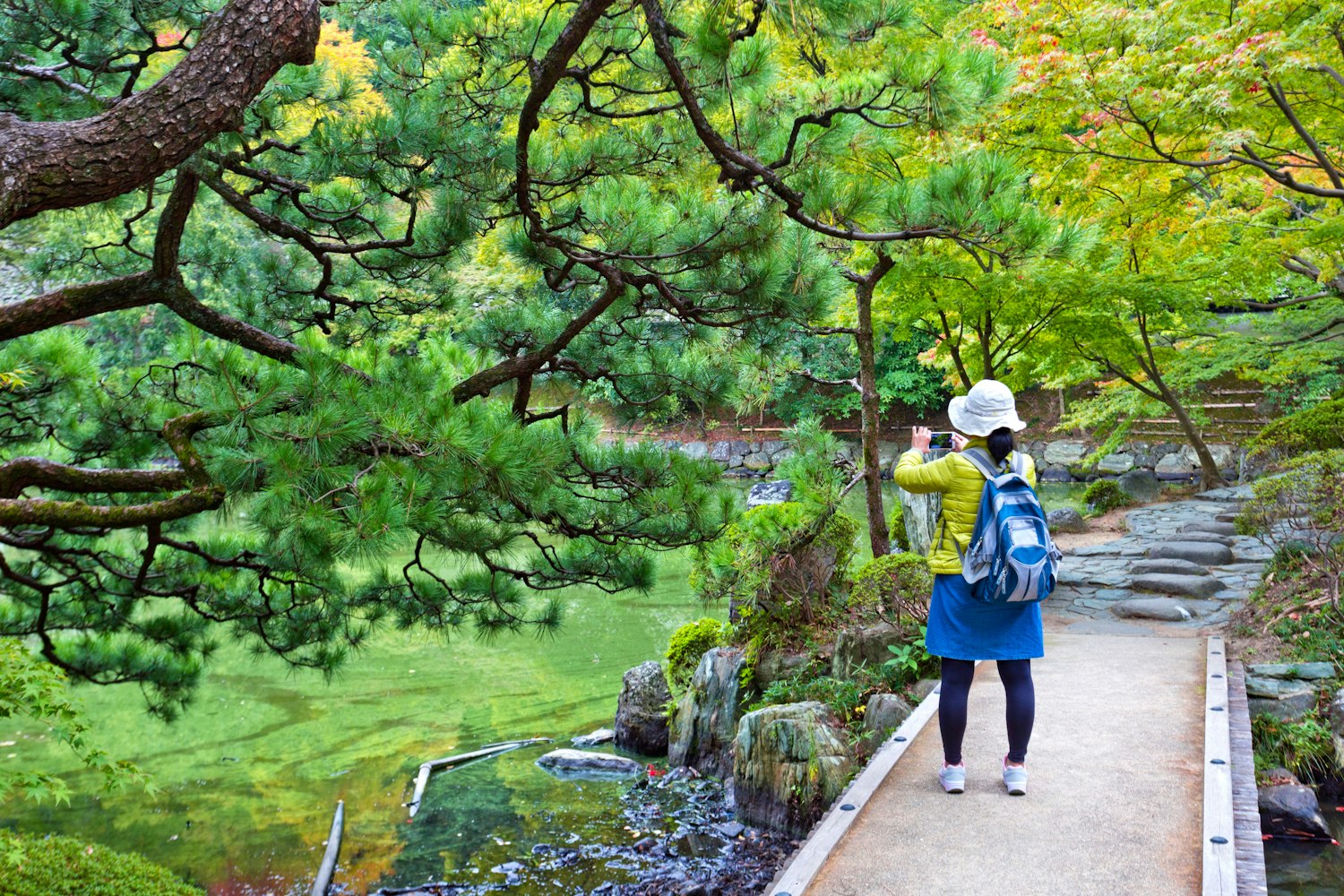
If you’re visiting during the autumn months, Momijidani Park is the perfect spot for a relaxing stroll. The park is named after its beautiful maple trees, and "Momiji" means maple in Japanese. In autumn, the leaves turn fiery shades of red, orange, and yellow, creating a picture-perfect scene.
The park is situated at the base of Mount Misen, making it an ideal place to start or finish your hike. There’s also a small stream that runs through the park, adding to its peaceful charm.
One of the first things you’ll notice when arriving on Miyajima is the friendly deer that roam freely throughout the island. These deer are considered sacred messengers of the gods and are protected. They’ll happily approach tourists for attention or snacks, though feeding them anything other than deer-safe food isn’t allowed.
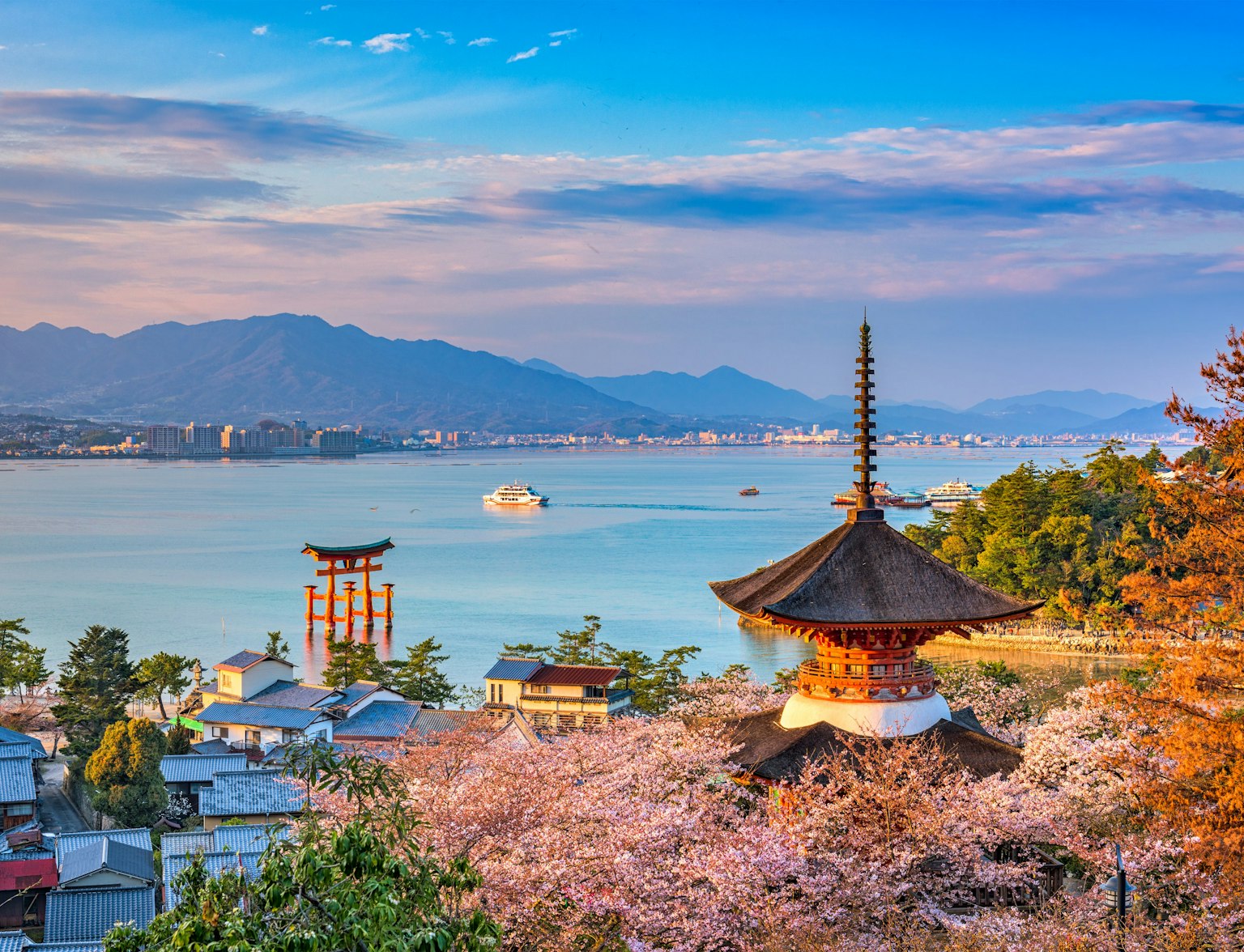
Experience a journey through the cultural and spiritual landmarks of Miyajima Island.
It’s a unique experience, and these deer are much more social than their counterparts in places like Nara. You'll often see them around the shrines and parks, adding to the island’s relaxed atmosphere.
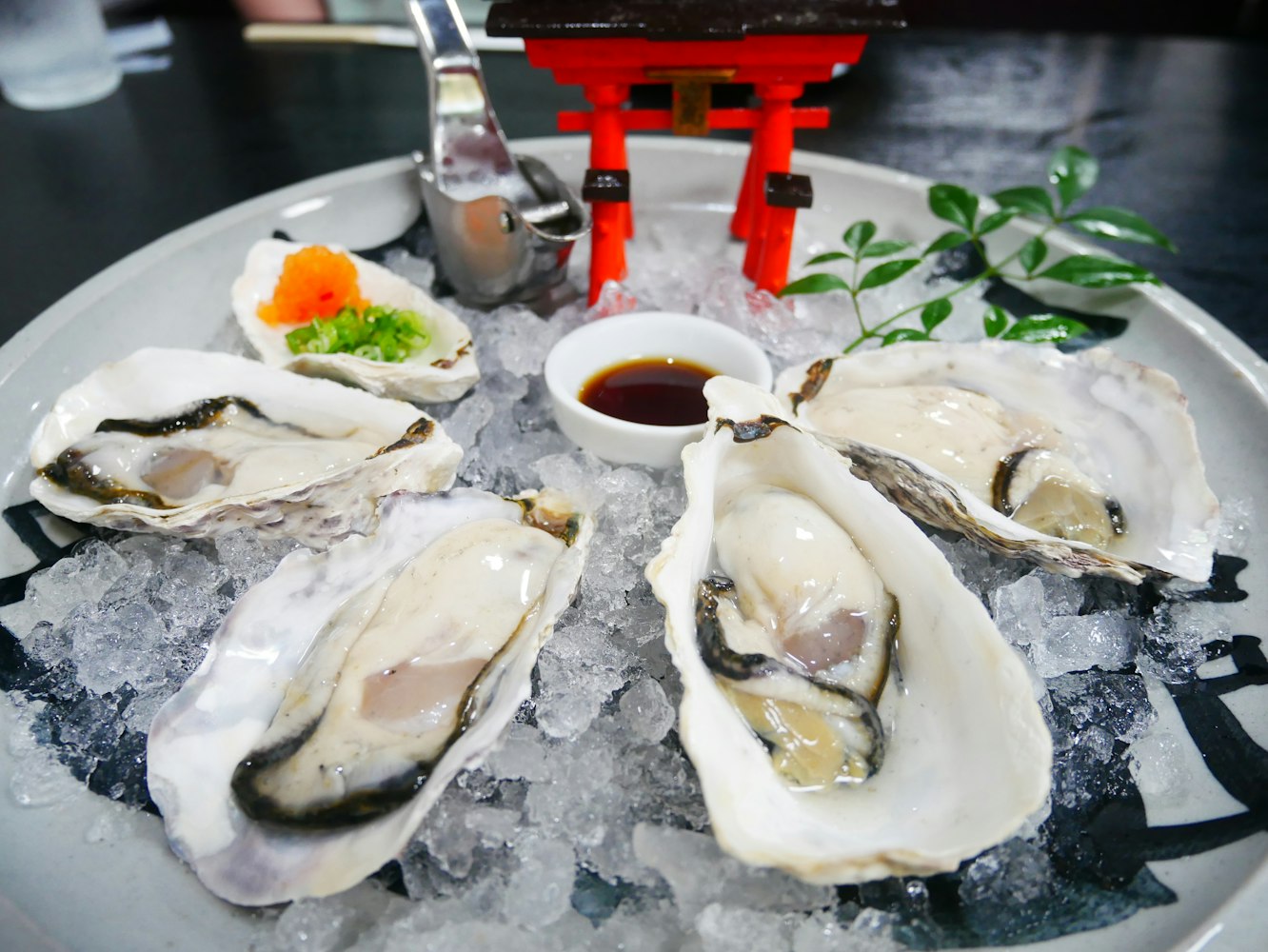
Miyajima is famous for its fresh oysters, and you’ll find plenty of food stalls and restaurants offering grilled or deep-fried oysters. These oysters are harvested locally from the surrounding waters of the Seto Inland Sea, and their flavor is incredibly fresh and briny.
If oysters aren’t your thing, you can try "Anago Meshi," which is grilled eel served over rice, another local specialty. For dessert, don’t miss out on "Momiji Manju," a small maple leaf-shaped cake filled with red bean paste, custard, or chocolate.

Standing next to the Senjokaku Pavilion, the five-story pagoda is a beautiful example of traditional Japanese architecture. Originally built in 1407, the pagoda is an eye-catching structure painted in vibrant red, contrasting with the surrounding green hills.
The pagoda is about 28 meters high and offers a great photo opportunity, though visitors are not allowed inside. It’s often paired with visits to the nearby Itsukushima Shrine and Senjokaku Pavilion, as all three are located close to each other.

Senjokaku Pavilion, also known as Toyokuni Shrine, is one of the largest buildings on the island. While the hall was never fully completed, it remains an open and airy space filled with beautiful wooden beams.
The name "Senjokaku" means "one thousand tatami mats," and although the floor isn’t literally covered in a thousand mats, the hall is massive. It offers a peaceful space to relax and enjoy views of the five-story pagoda and the sea. Hokoku Shrine is also located here, dedicated to Toyotomi Hideyoshi, the great military leader who ordered the hall’s construction.
Perfect for families or anyone interested in marine life, the Miyajima Aquarium showcases species native to the Seto Inland Sea. The aquarium is home to over 13,000 animals, including seals, penguins, and sea lions.
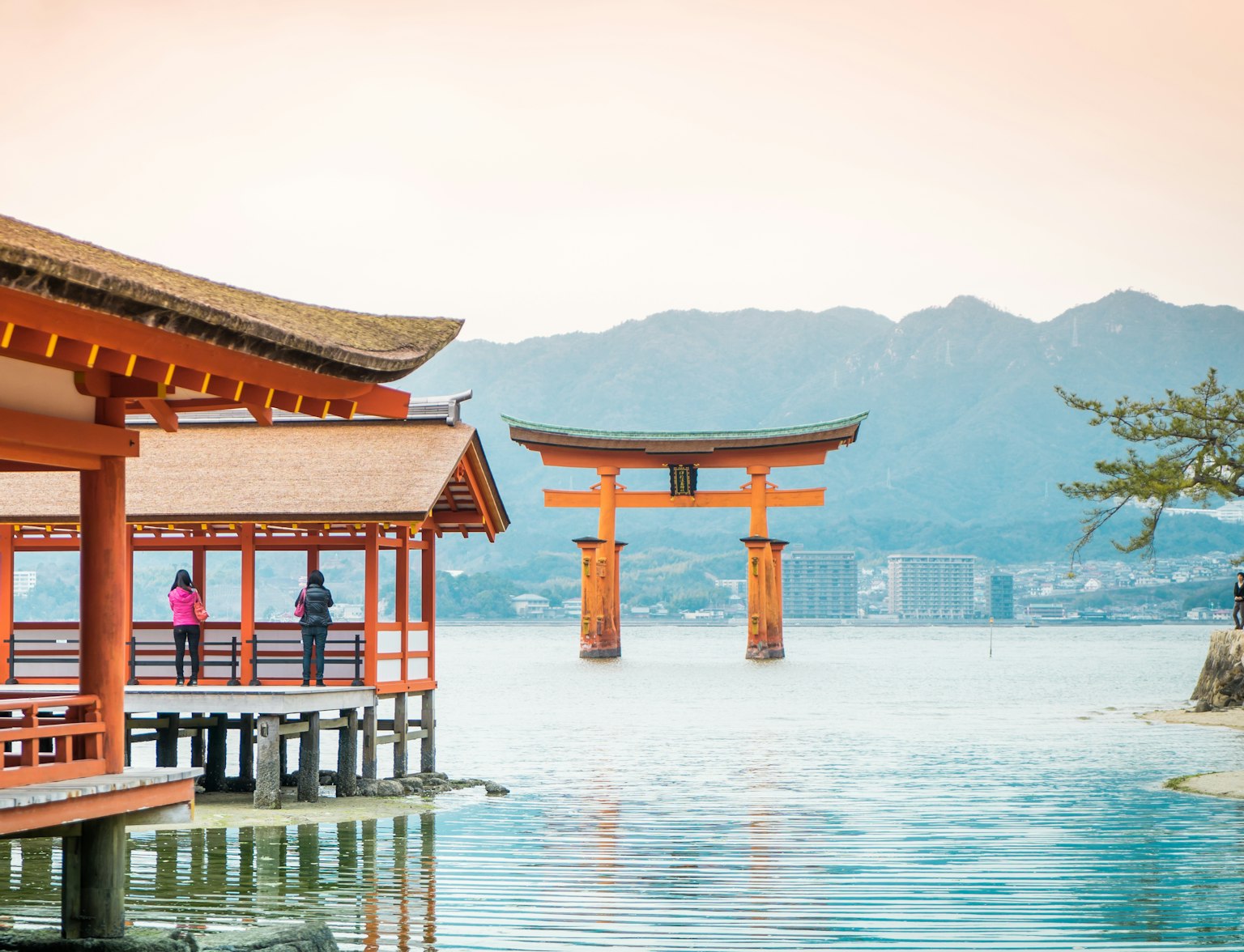
Uncover Hiroshima's tales on a full-day private tour.
The displays are interactive, and there’s even a section where you can touch some of the marine creatures. This is a great stop for those traveling with kids or anyone who wants a break from the historical sites.
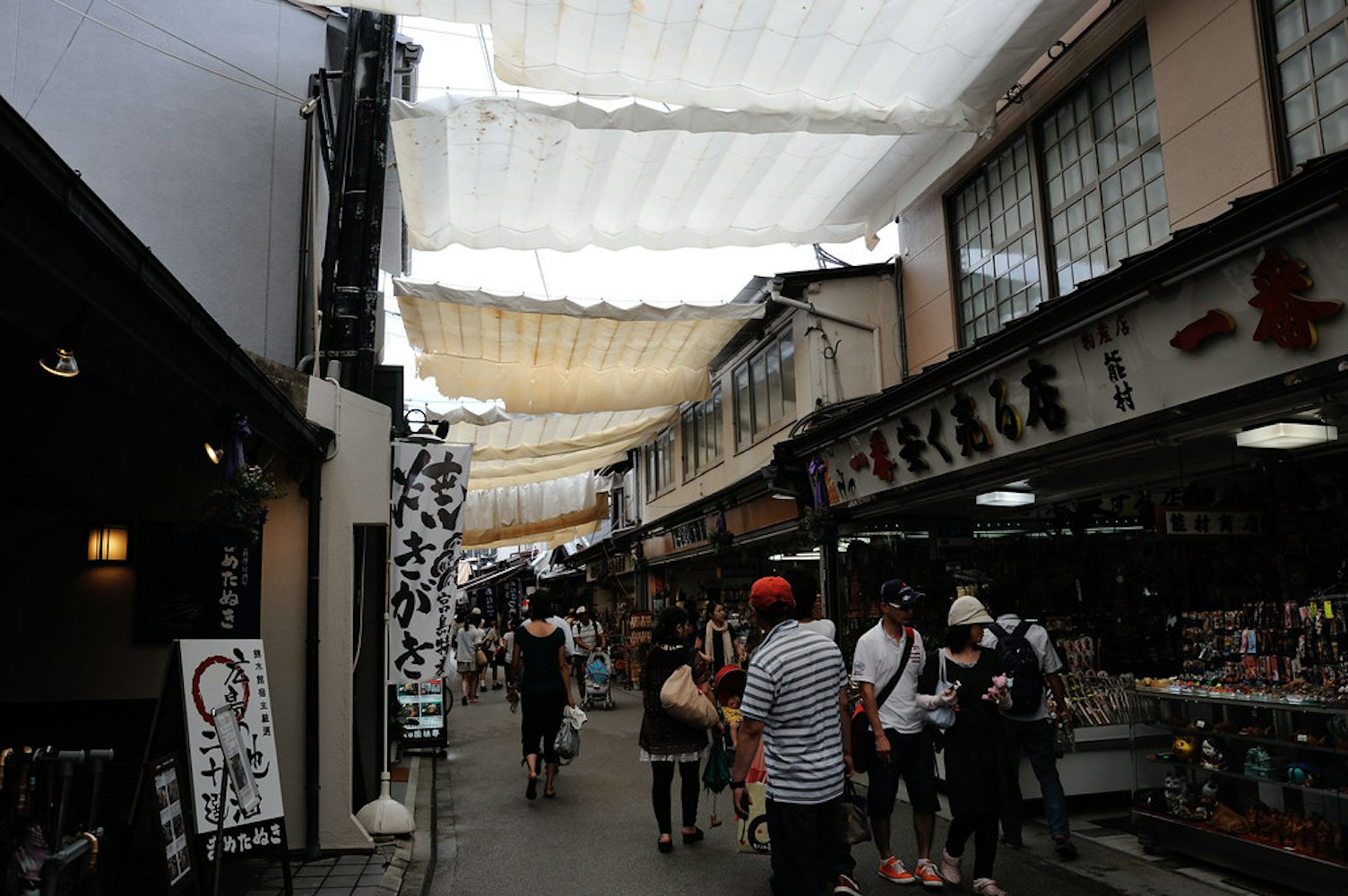
Omotesando Shopping Arcade is the main street leading from the ferry terminal to Itsukushima Shrine. This lively street is lined with souvenir shops, food stalls, and cafes where you can try all sorts of local goodies.
It’s the best place to pick up Miyajima-themed souvenirs, such as Torii gate keychains, traditional crafts, or Momiji Manju cakes. The street is always buzzing with activity, and it’s a great spot to grab a quick snack before continuing your island adventure.
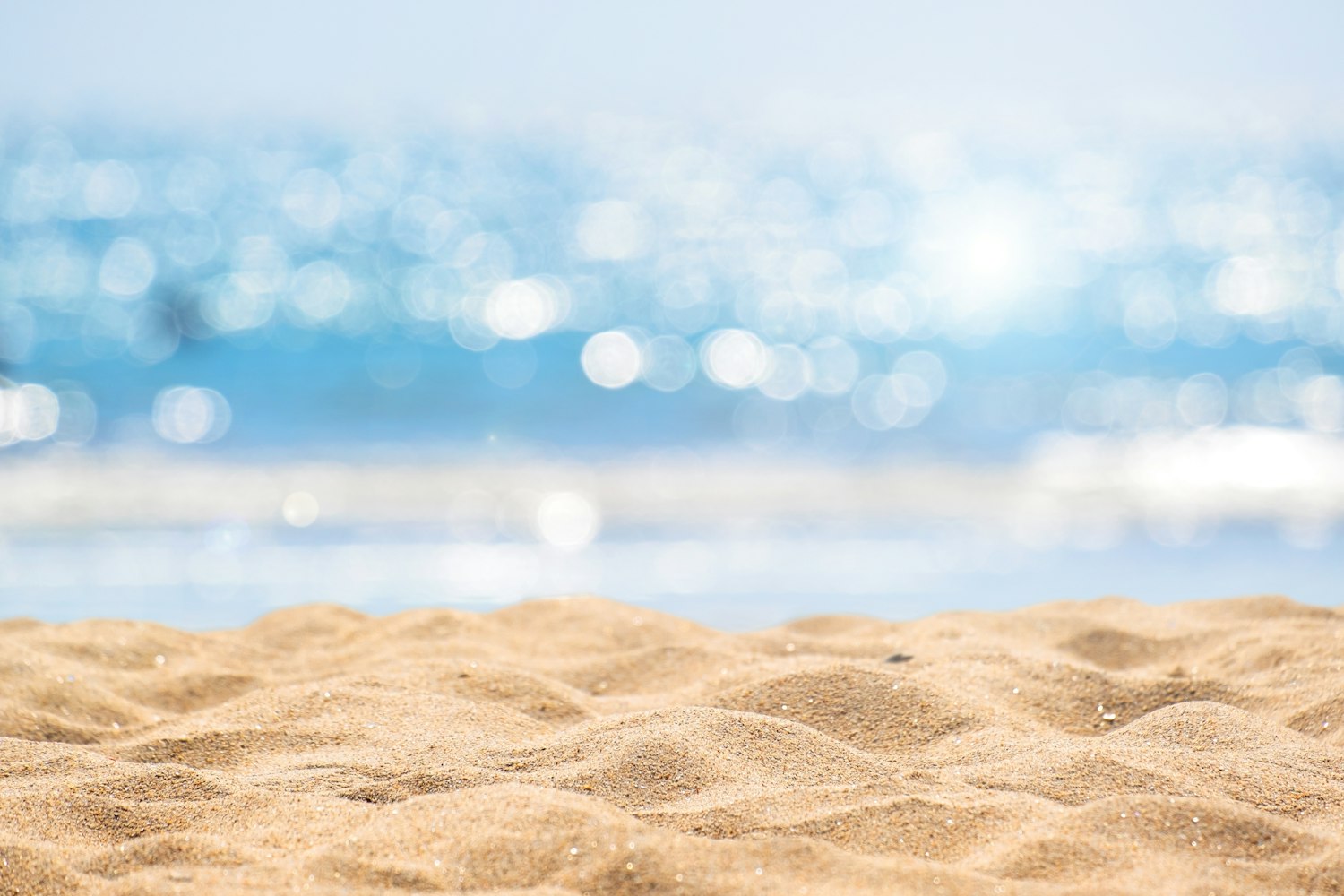
Located on the eastern side of the island, Tsutsumigaura Beach is a quiet spot to unwind and enjoy the ocean breeze. The beach is popular for its calm waters and soft sand, and it’s the perfect place to take a break after exploring the island’s shrines and temples.
The beach is also a designated camping area, so if you’re into outdoor adventures, you can even pitch a tent and stay overnight. It’s less crowded than the island’s main tourist spots, making it a peaceful escape.
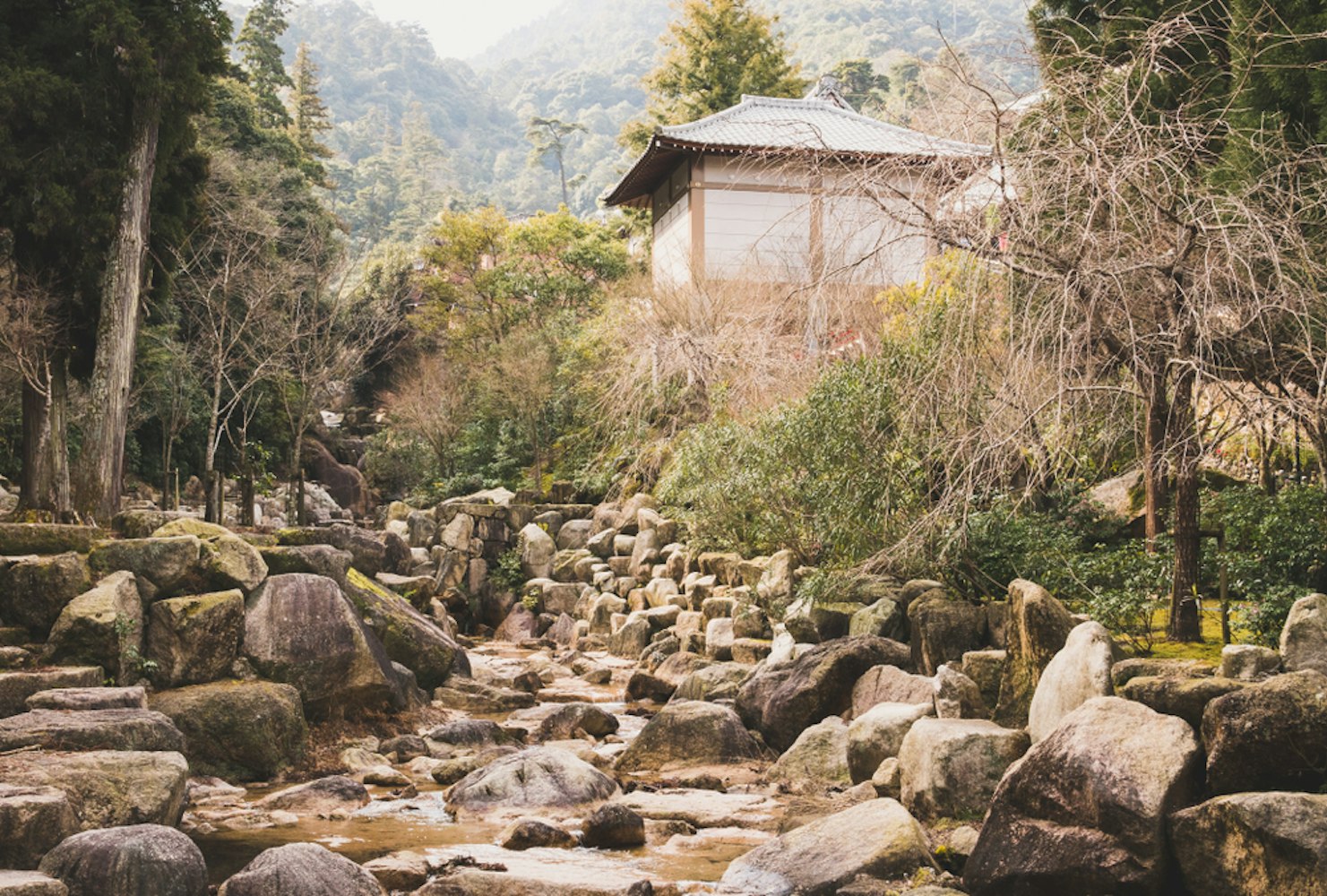
For those who enjoy nature and don’t mind a bit of exercise, the Daisho-in Trail offers one of the most scenic hiking routes on the island. The trail leads from Daisho-in Temple up to the summit of Mount Misen.
The hike takes about 90 minutes to 2 hours, depending on your pace, and along the way, you’ll encounter ancient stone steps, dense forests, and panoramic views of the island and the Seto Inland Sea. It’s a rewarding experience for those who want to get a little off the beaten path.

Hokoku Shrine, located within the Senjokaku Pavilion complex, is dedicated to Toyotomi Hideyoshi, one of Japan’s most famous historical figures. Toyotomi Hideyoshi was a warlord who played a major role in unifying Japan during the Sengoku period.
The shrine was built in his honor, and while small in comparison to other shrines on the island, it holds great historical importance. Hokoku Shrine is worth a visit, especially for history buffs interested in Japan’s feudal past.
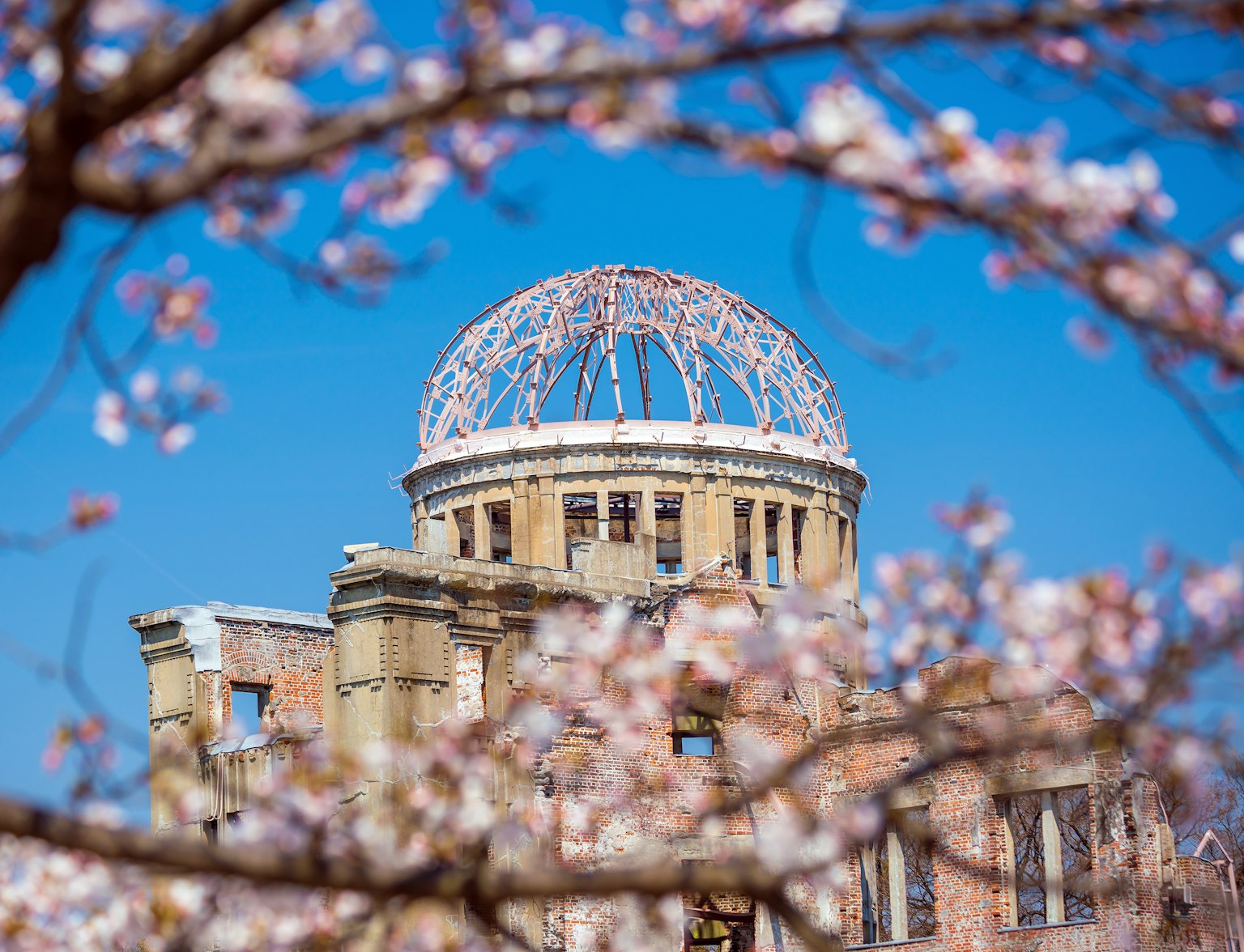
Discover the poignant history of Hiroshima and the serene beauty of Miyajima with this tour.
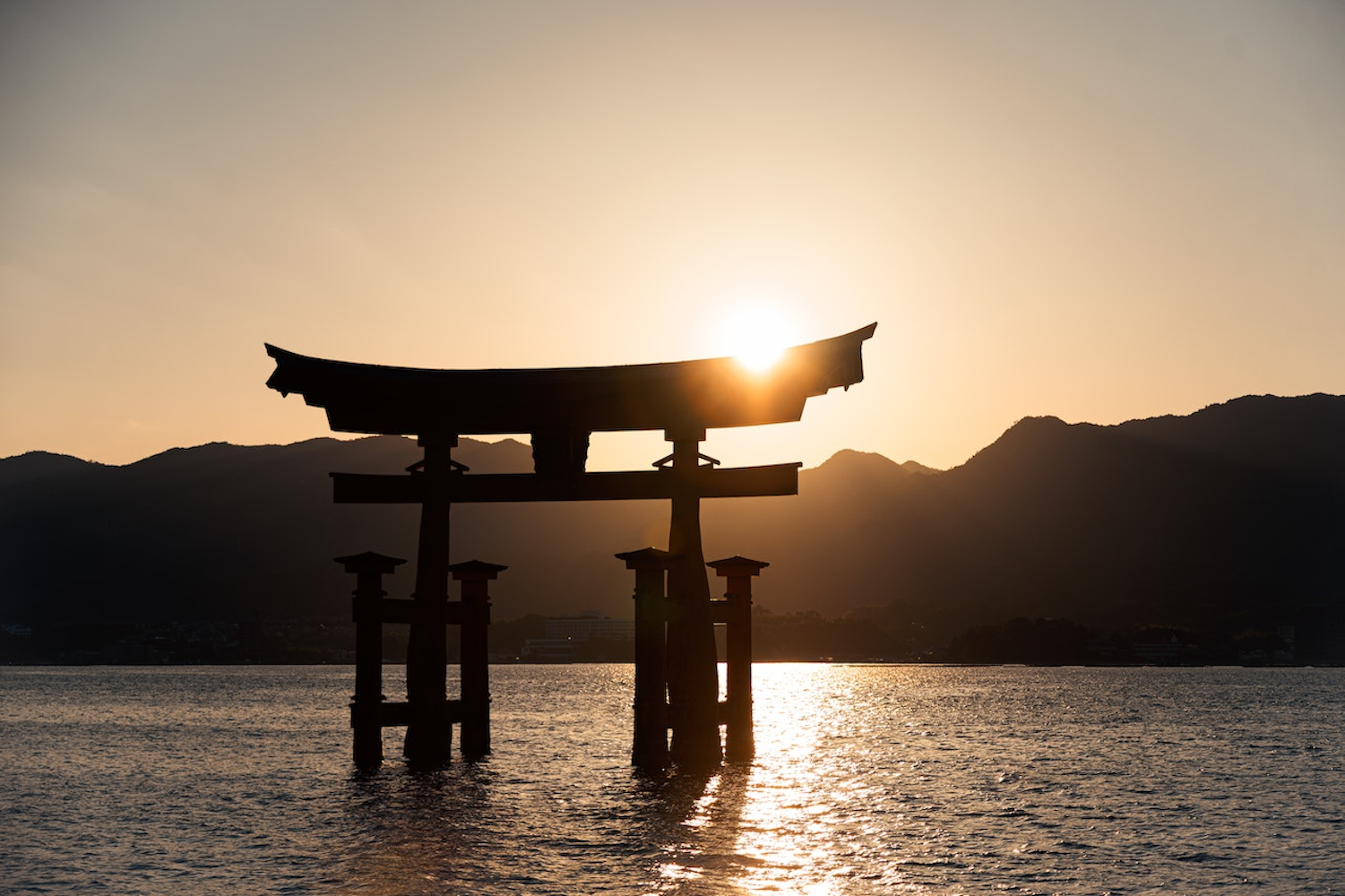
There’s something truly magical about watching the sunset behind the Great Torii gate. As the sun sinks lower in the sky, the warm glow illuminates the red gate, creating a perfect silhouette against the horizon.
The reflection of the gate in the water only adds to the beauty of the moment. Whether you’re standing on the beach or enjoying the view from a boat, the sunset on Miyajima is a memory that will stay with you long after your trip.
Miyajima Island offers an unforgettable blend of culture, history, and nature, all in one small yet captivating location. From the stunning views of the floating Torii gate to hiking Mount Misen for a panoramic look at the Seto Inland Sea, this island has something for every traveler.
Whether you're into exploring ancient shrines or tasting local dishes like grilled oysters, every moment spent on Miyajima is packed with meaningful experiences.
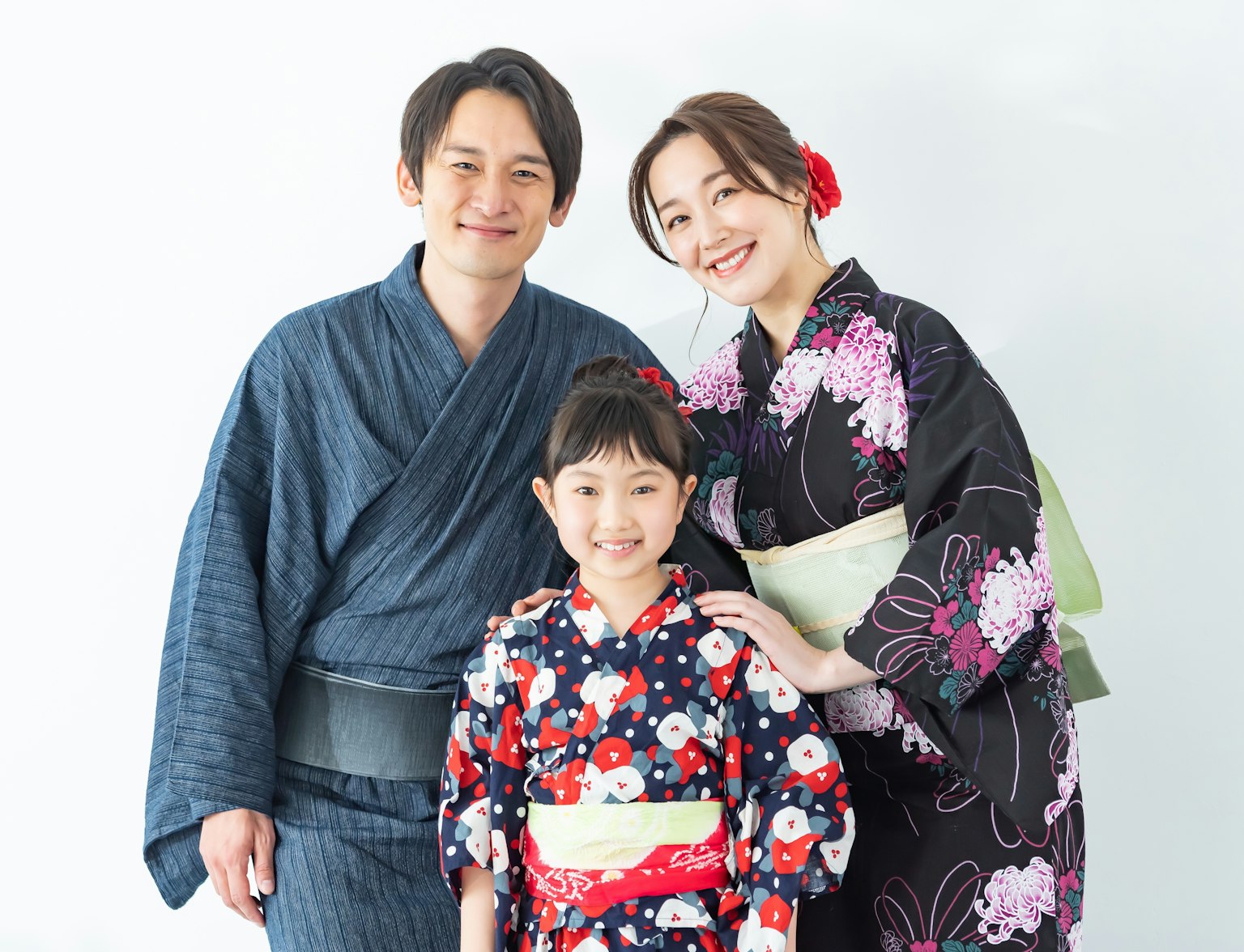
Experience the charm of Miyajima dressed in a traditional kimono.



